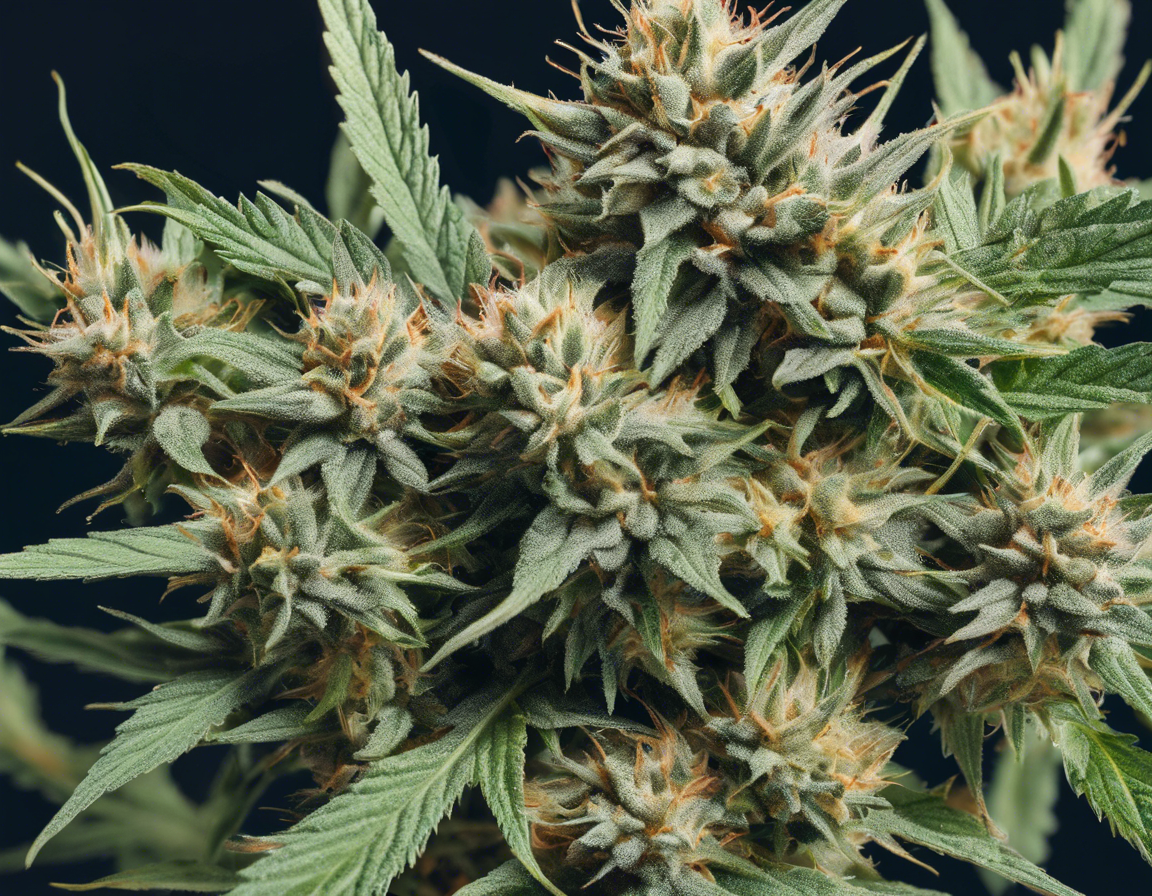
The cannabis plant, known for its various medicinal and recreational applications, contains numerous chemical compounds such as cannabinoids, terpenes, and flavonoids. One of the critical aspects influencing the quality and effects of cannabis products is the critical strain level.
Understanding Critical Strain Levels
Critical strain levels refer to the specific points in a cannabis plant’s growth cycle where it is most responsive to external stress factors. These stressors can include changes in environmental conditions, nutrient deficiencies, pest infestations, and physical damage. Different strains of cannabis can have varying critical strain levels, and understanding these levels is crucial for optimizing plant growth, yield, and chemical composition.
Factors Influencing Critical Strain Levels
Several factors can influence the critical strain levels in cannabis plants:
Genetics
- Each cannabis strain has its own genetic makeup, which determines its response to environmental stressors.
Environmental Conditions
- Factors like temperature, humidity, light intensity, and air quality can impact critical strain levels.
Nutrient Availability
- Adequate levels of essential nutrients such as nitrogen, potassium, and phosphorus are crucial for maintaining optimal critical strain levels.
Pest and Disease Management
- Effective pest and disease control measures are essential to prevent stress and maintain critical strain levels.
Importance of Critical Strain Levels
Optimizing critical strain levels in cannabis plants is essential for several reasons:
Yield Enhancement
- When critical strain levels are managed effectively, cannabis plants can achieve higher yields of flowers and cannabinoids.
Chemical Composition
- Critical strain levels can influence the concentrations of cannabinoids like THC (tetrahydrocannabinol) and CBD (cannabidiol) in cannabis plants, thereby affecting their medicinal and psychoactive properties.
Plant Resilience
- Cannabis plants with well-maintained critical strain levels are more resilient to environmental stressors, pathogens, and other challenges.
Quality Control
- By monitoring and adjusting critical strain levels, growers can ensure the consistent quality of their cannabis products.
Strategies for Managing Critical Strain Levels
Regular Monitoring
- Monitor environmental conditions, plant health, and nutrient levels to identify deviations from optimal critical strain levels.
Proper Nutrient Management
- Ensure that cannabis plants receive the right balance of nutrients at the right times to support their growth and development.
Stress Management
- Implement stress management techniques to keep cannabis plants within their optimal stress tolerance range and prevent negative impacts on critical strain levels.
Genetic Selection
- Choose cannabis strains with known resilience to specific stress factors to minimize the risk of disruptions to critical strain levels.
FAQs (Frequently Asked Questions)
1. What are the signs of critical strain levels being exceeded in cannabis plants?
- Answer: Signs include stunted growth, yellowing leaves, wilting, decreased flowering, and decreased cannabinoid production.
2. How can environmental conditions affect critical strain levels?
- Answer: Extreme temperatures, high humidity, poor air quality, and inadequate light can all disrupt critical strain levels in cannabis plants.
3. Can critical strain levels be adjusted during different growth stages?
- Answer: Yes, critical strain levels can be managed and adjusted throughout the plant’s growth cycle to optimize growth and yield.
4. Why is it important to maintain proper nutrient levels for managing critical strain levels?
- Answer: Nutrients play a crucial role in supporting plant health, metabolism, and stress response, all of which are essential for maintaining optimal critical strain levels.
5. How do different cannabis strains vary in their critical strain levels?
- Answer: Different cannabis strains may have varying critical strain levels due to their genetic differences and adaptations to specific environmental conditions.
In conclusion, understanding and managing critical strain levels in cannabis plants are essential for maximizing yield, quality, and chemical composition. By implementing strategies to monitor and optimize critical strain levels, growers can cultivate healthier, more resilient, and higher-quality cannabis plants for various purposes.







